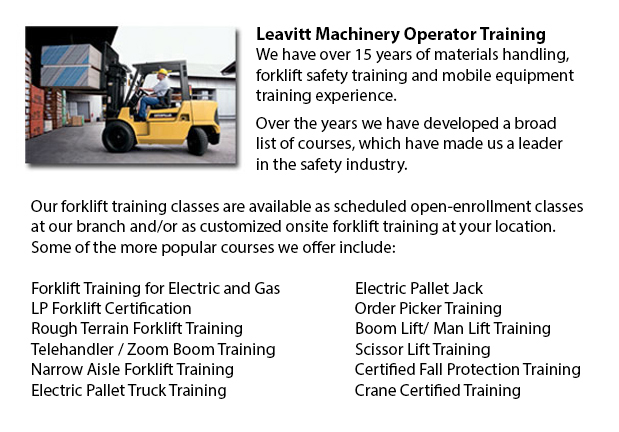
Aerial forklifts can be utilized to accomplish many unique tasks executed in hard to reach aerial places. Some of the duties associated with this style of jack include performing routine upkeep on structures with prominent ceilings, repairing telephone and power cables, raising burdensome shelving units, and pruning tree branches. A ladder could also be used for some of the aforementioned projects, although aerial hoists provide more safety and stability when correctly used.
There are many models of aerial hoists available on the market depending on what the task required involves. Painters sometimes use scissor aerial hoists for example, which are categorized as mobile scaffolding, effective in painting trim and reaching the 2nd story and higher on buildings. The scissor aerial hoists use criss-cross braces to stretch out and enlarge upwards. There is a platform attached to the top of the braces that rises simultaneously as the criss-cross braces lift.
Cherry pickers and bucket trucks are a different type of the aerial hoist. Typically, they possess a bucket at the end of an extended arm and as the arm unfolds, the attached bucket lift rises. Lift trucks utilize a pronged arm that rises upwards as the handle is moved. Boom lift trucks have a hydraulic arm that extends outward and lifts the platform. All of these aerial hoists require special training to operate.
Training courses presented through Occupational Safety & Health Association, known also as OSHA, embrace safety steps, machine operation, upkeep and inspection and device load capacities. Successful completion of these education programs earns a special certified license. Only properly qualified individuals who have OSHA operating licenses should drive aerial platform lifts. The Occupational Safety & Health Organization has established rules to uphold safety and prevent injury when utilizing aerial lifts. Common sense rules such as not utilizing this machine to give rides and making sure all tires on aerial hoists are braced so as to prevent machine tipping are observed within the guidelines.
Unfortunately, figures expose that greater than 20 aerial hoist operators die each year while operating and just about ten percent of those are commercial painters. The bulk of these accidents were triggered by inadequate tie bracing, therefore some of these might have been prevented. Operators should make certain that all wheels are locked and braces as a critical safety precaution to prevent the instrument from toppling over.
Additional guidelines involve marking the encircling area of the machine in an observable way to safeguard passers-by and to ensure they do not approach too close to the operating machine. It is vital to ensure that there are also 10 feet of clearance amid any utility cables and the aerial hoist. Operators of this apparatus are also highly recommended to always wear the appropriate security harness when up in the air.
-
Hyster Forklift
As a international leader in forklift trucks, Hyster consistently strives for superiority in product quality and safety. However, it began as a producer of lifting equipment as well as winches. Most of its production was focused in the Pacific Nort... More -
Scissor Lifts
The scissor lift, often known as a table lift, is an industrial lift that has been tailored for usage within wholesale and retail environments. Industrialized lifts have been used for decades within the manufacturing and production industries to effi... More -
Scissor Pallet Trucks
Scissor lift pallet trucks are created to have the ability to transfer and stack pallets with an integrated lifting device that allows the pallets to be elevated. This equipment is extremely valuable for working in restricted spaces that will not a... More -
Terex Forklift
Terex Forklifts stands by their goal to provide a dependable and cost effective product line. They take satisfaction in making equipment that improves their customers’ return on investment. Through numerous divestures and acquisitions intended to exp... More -
Reach Trucks
Reach Trucks are industrial equipment utilized for loading and storage in certain businesses that maintain storage of cargo to finished commodities on a pallet which are then inserted into lofty shelving units. This loading apparatus helps businesses... More

Forklift Certification Vernon
TOLL FREE: 1-888-254-6157
Vernon, British Columbia
forkliftcertificationvernon.com
Email Us
About Us


